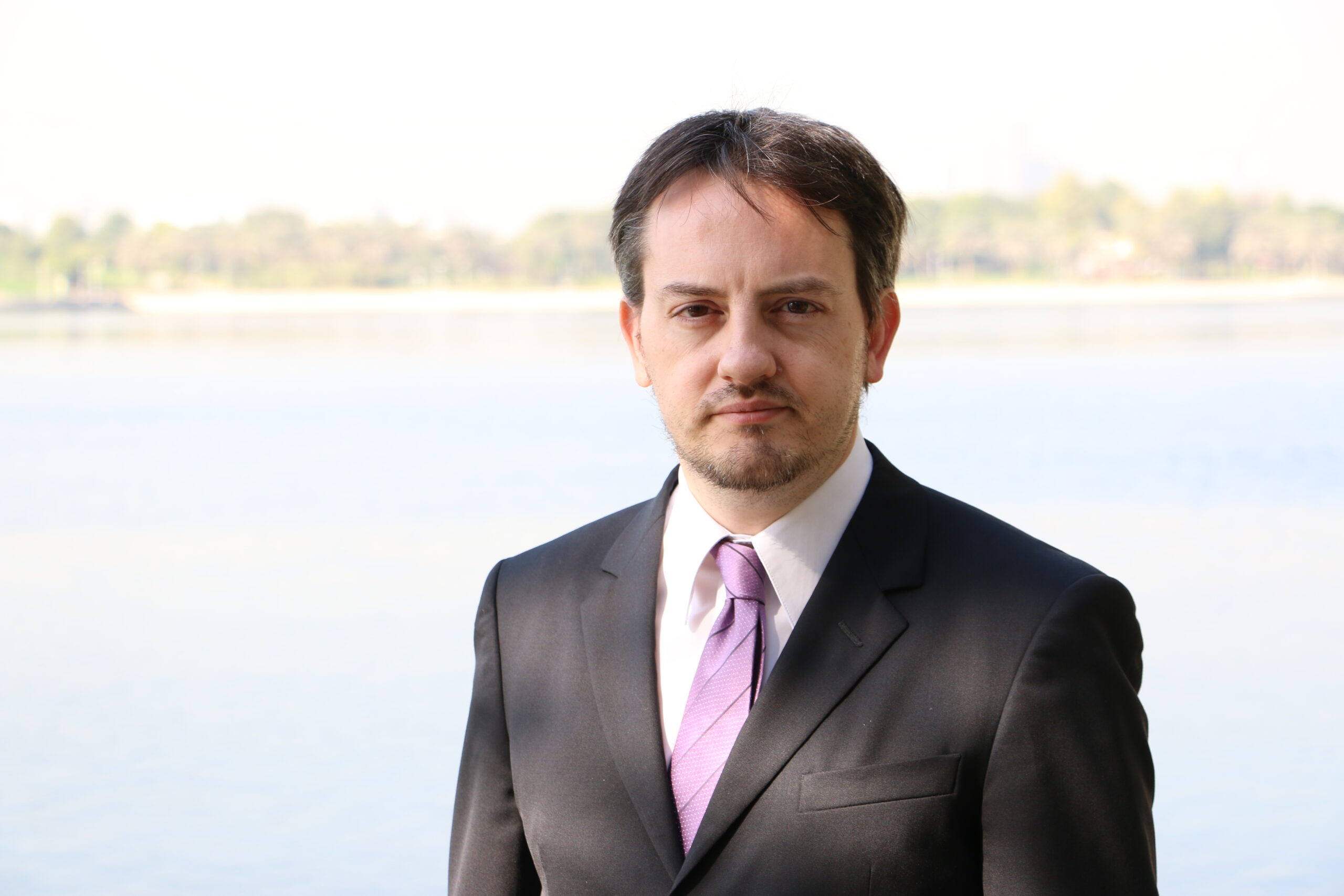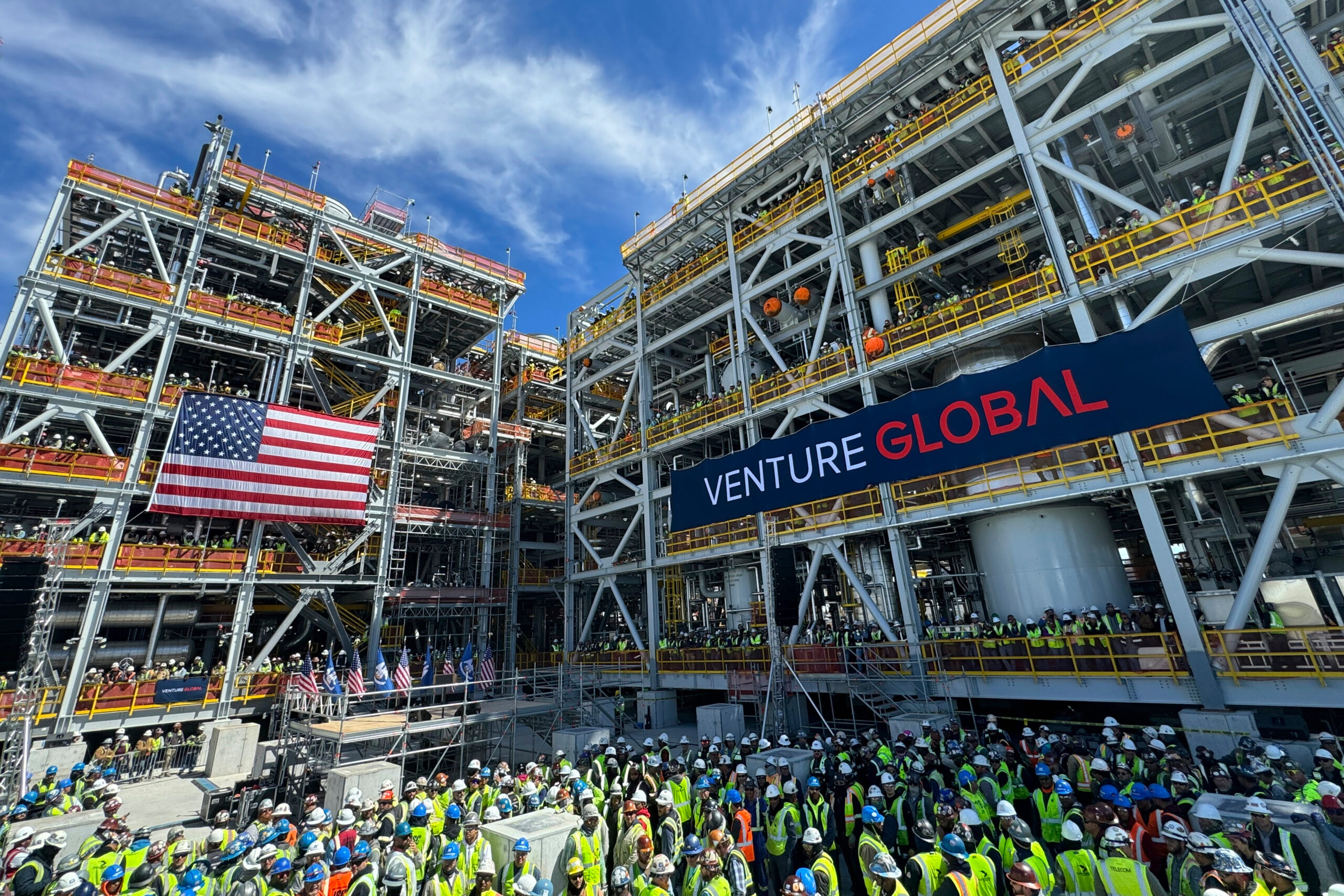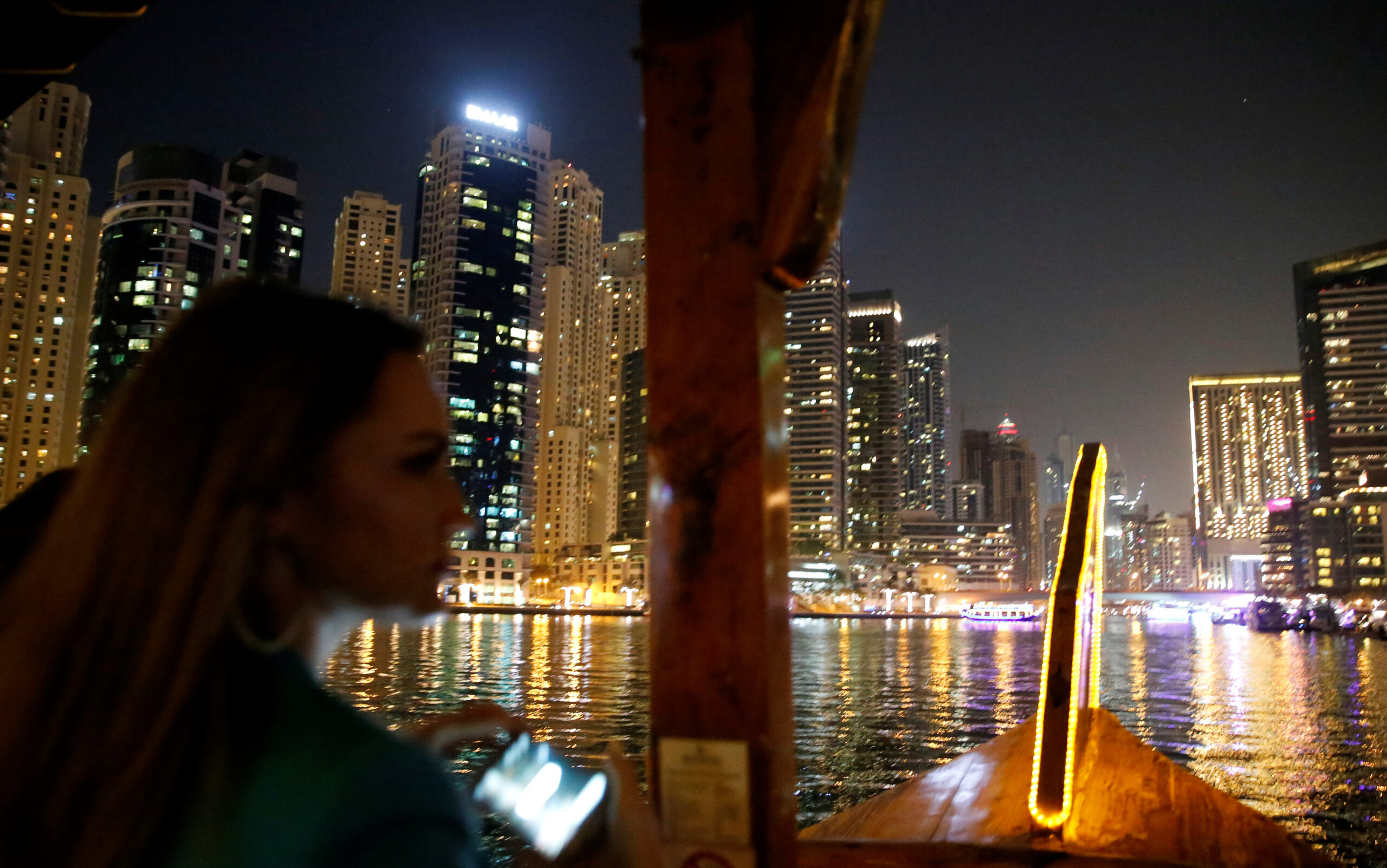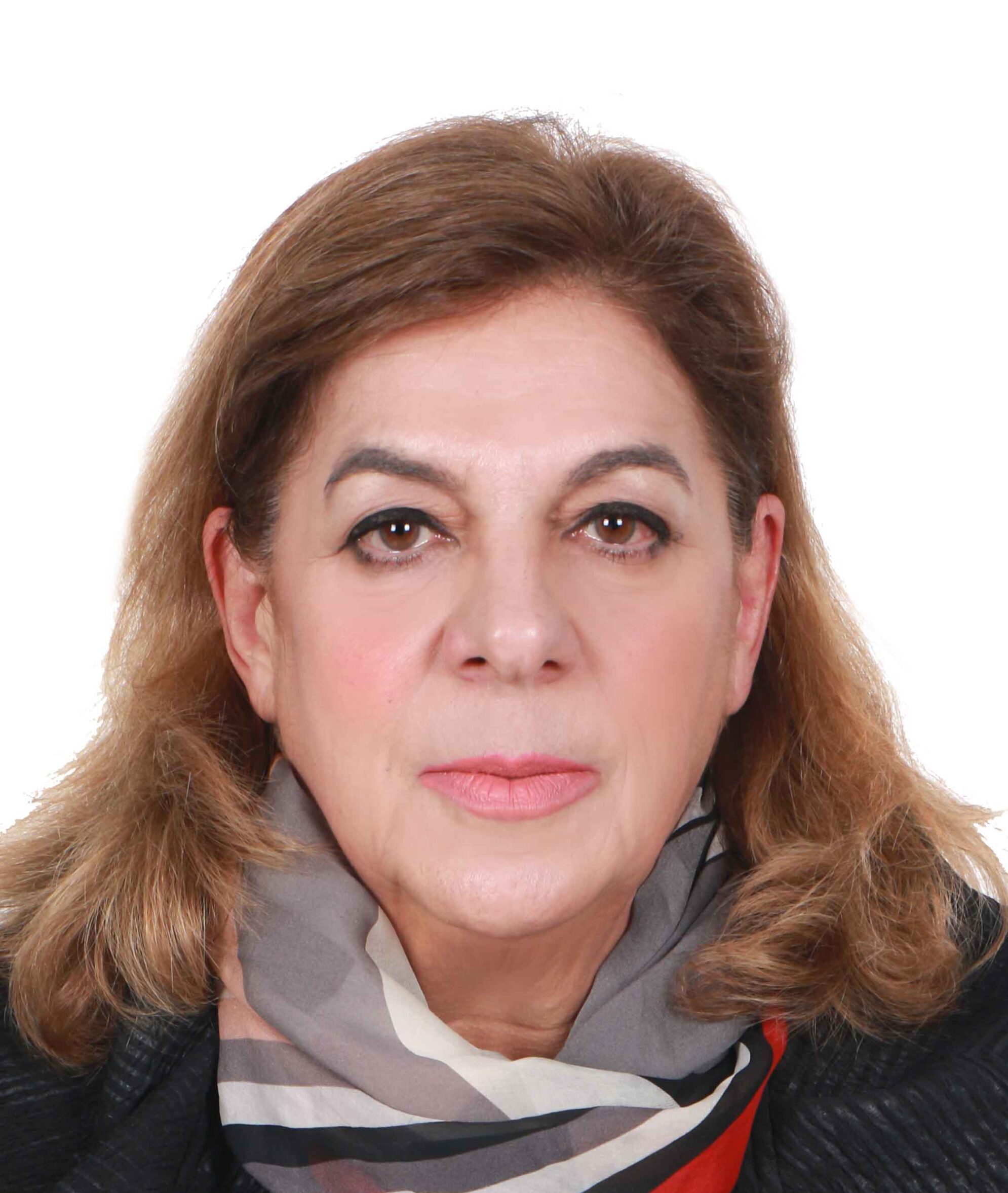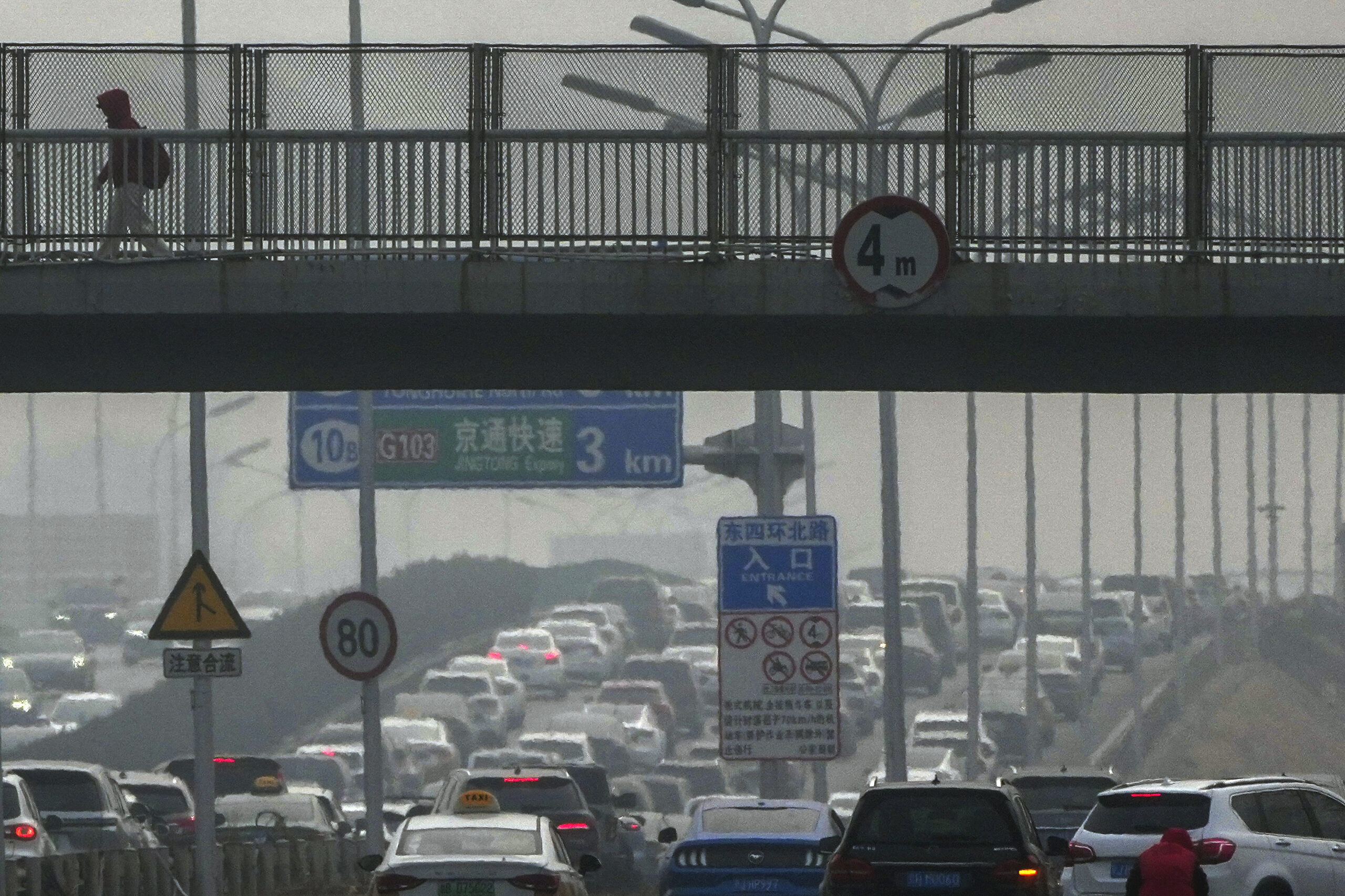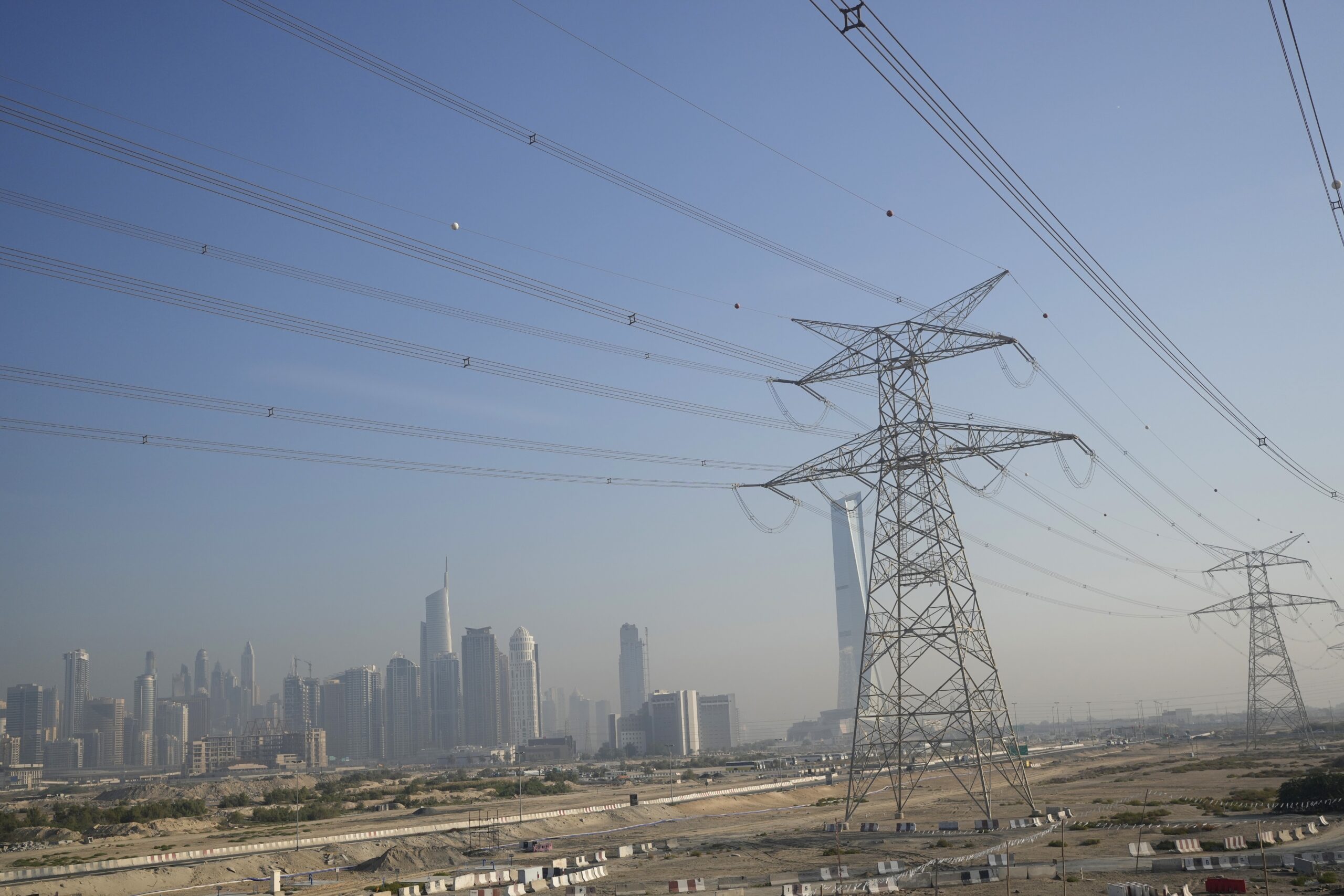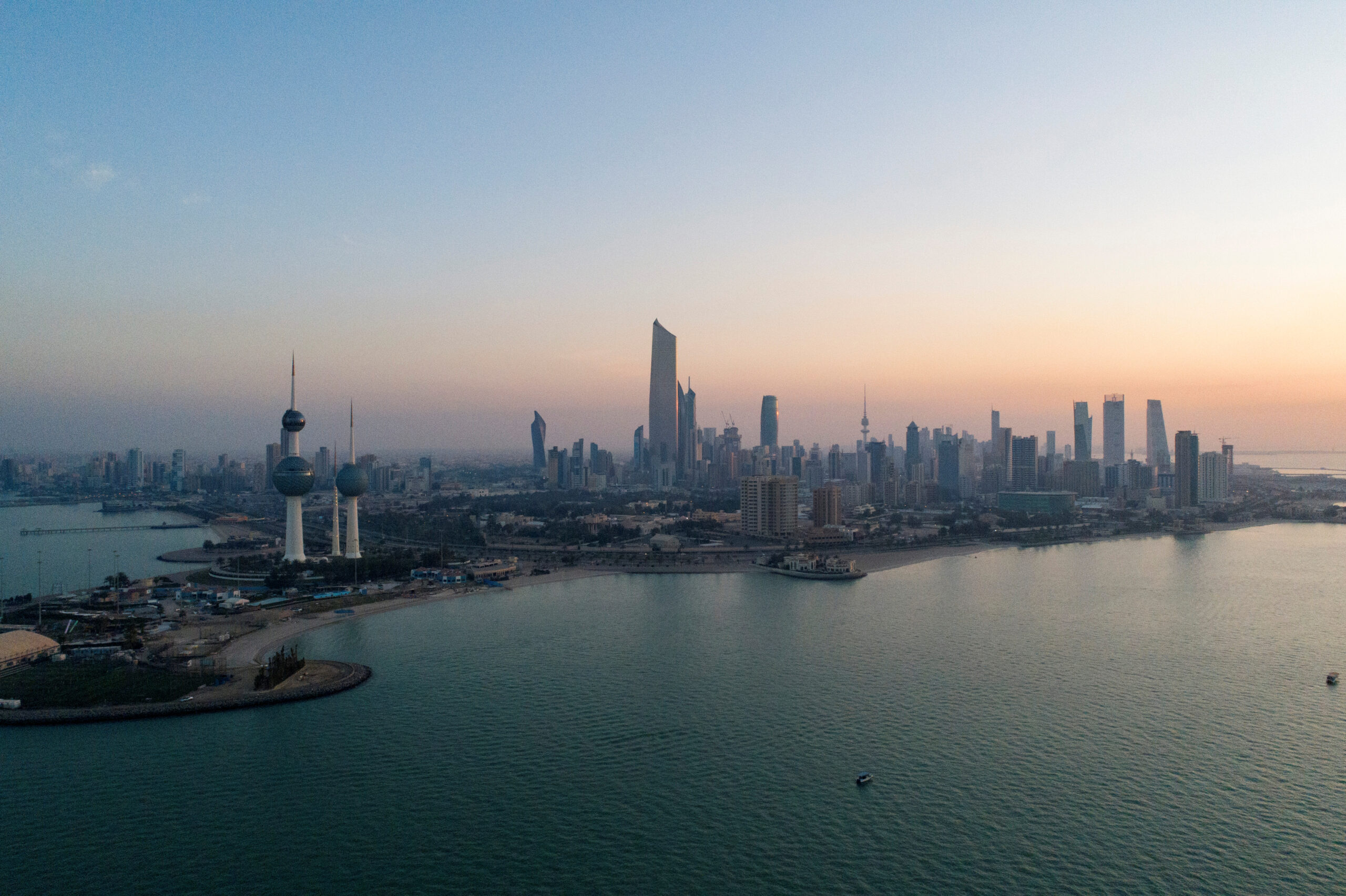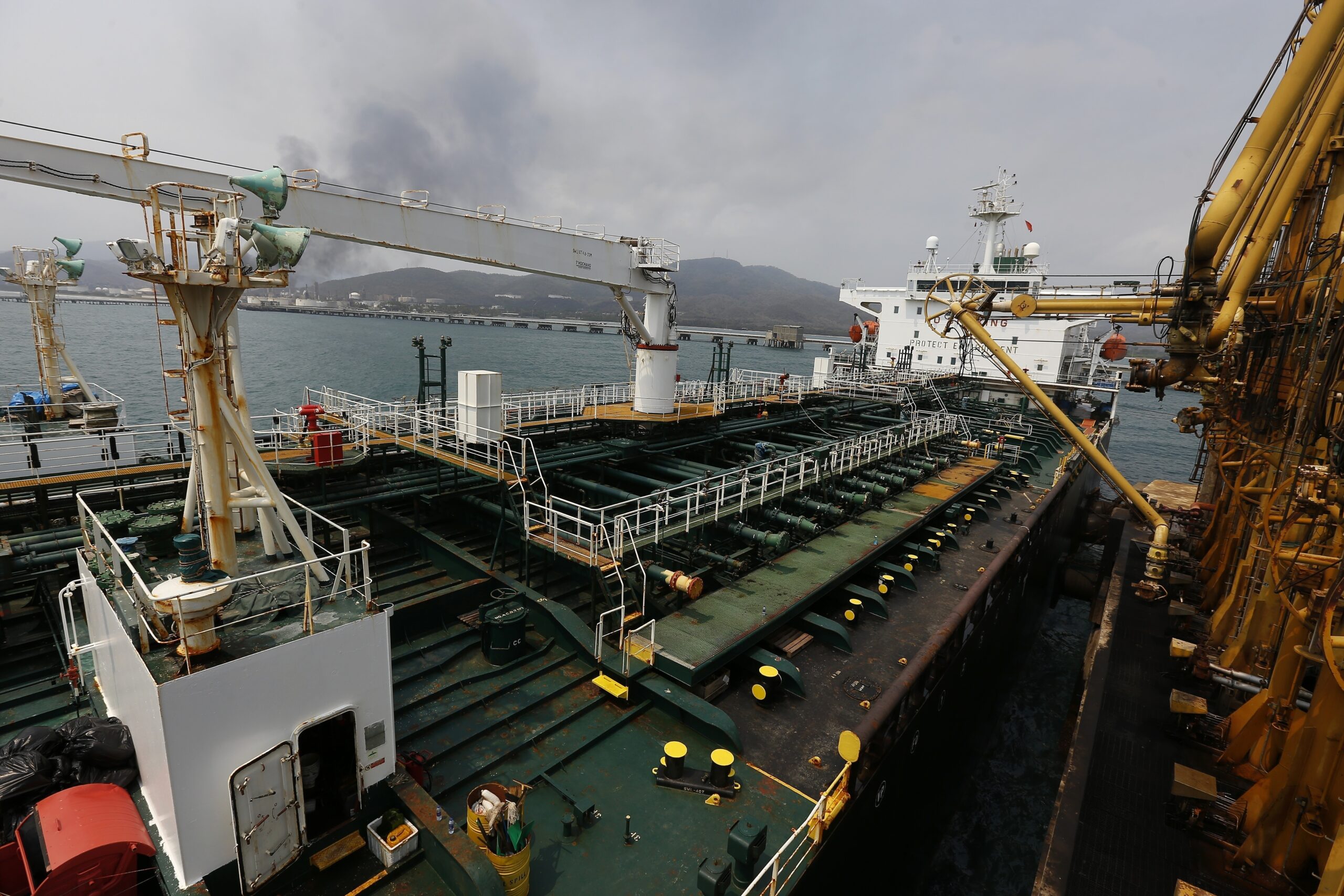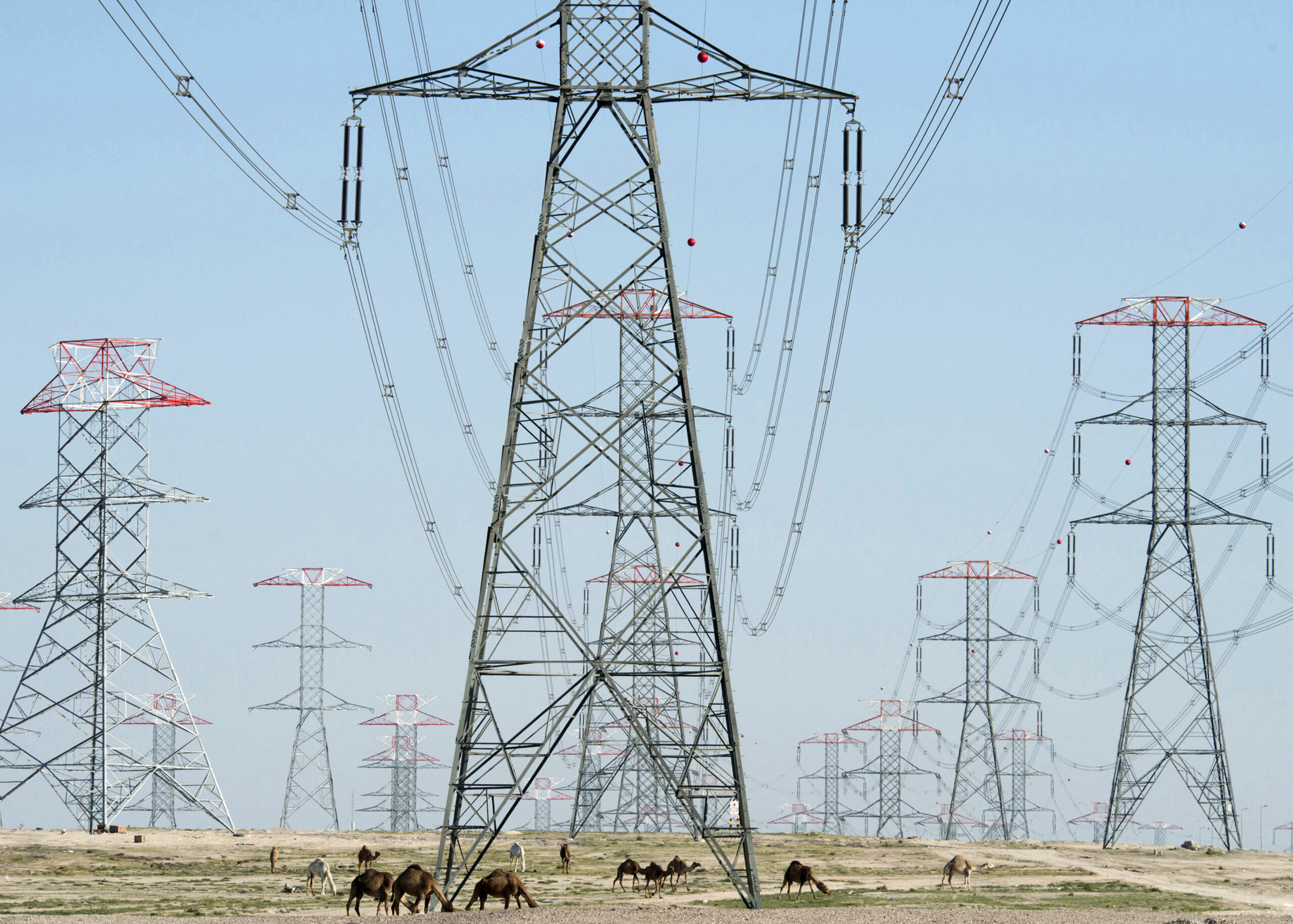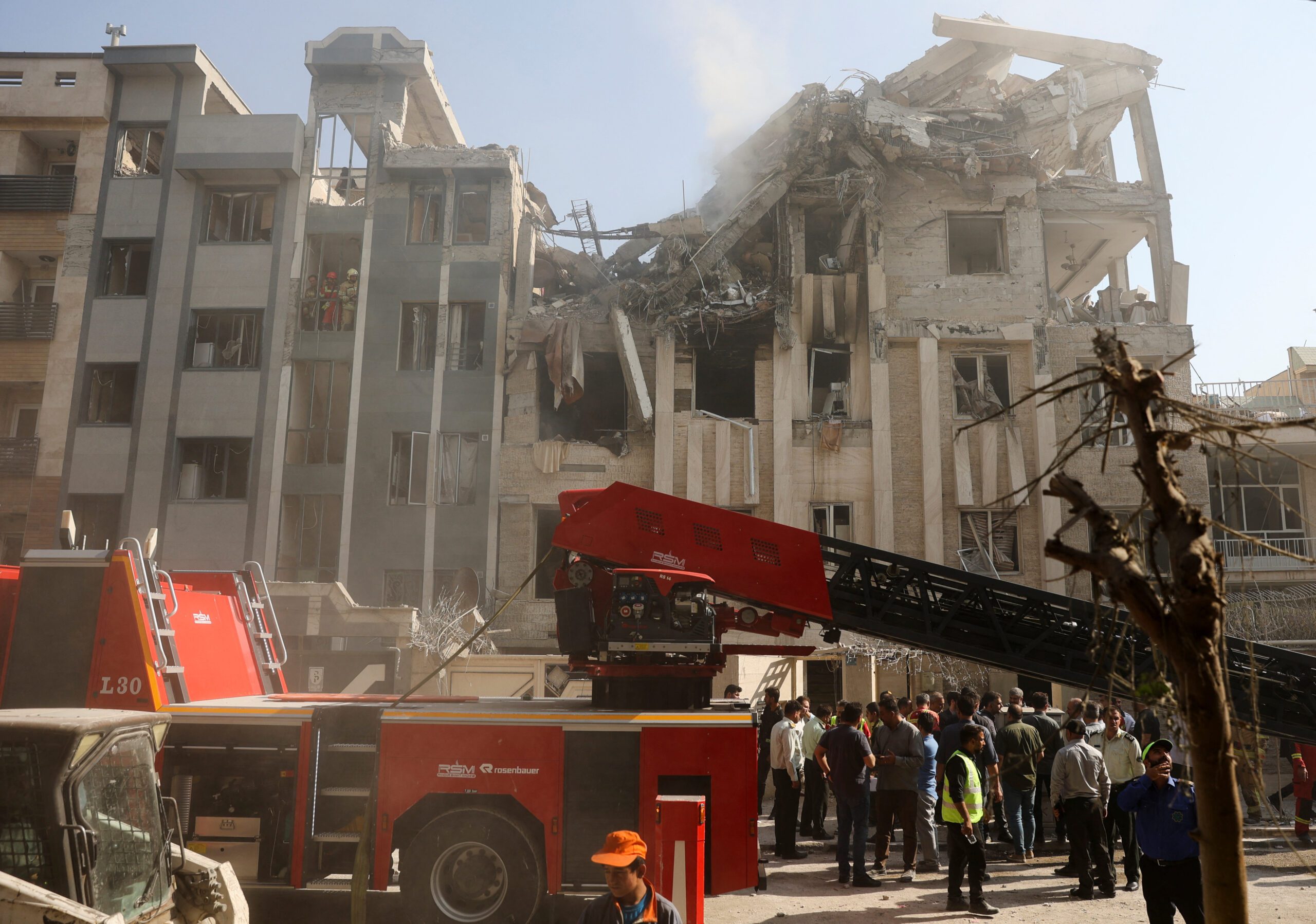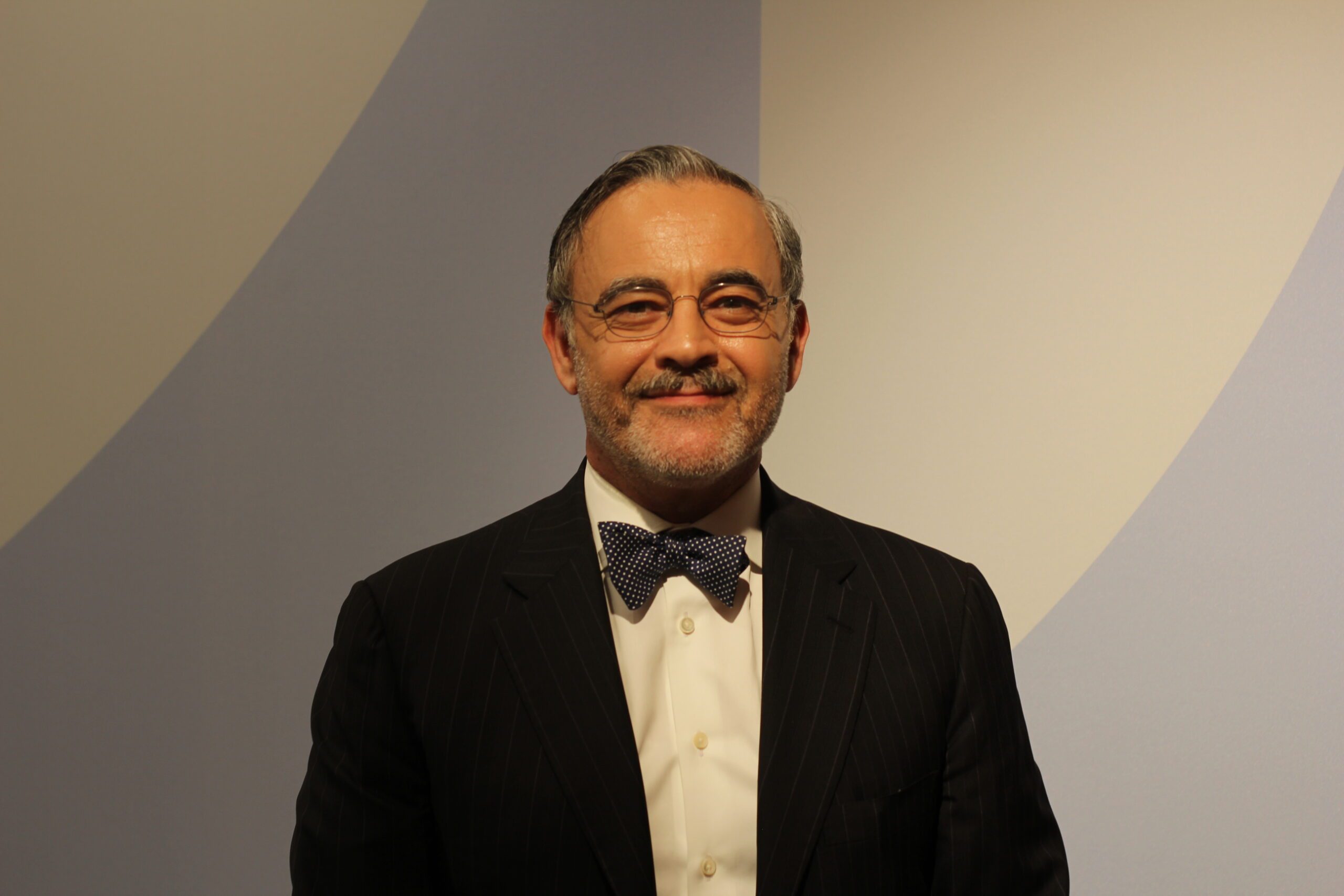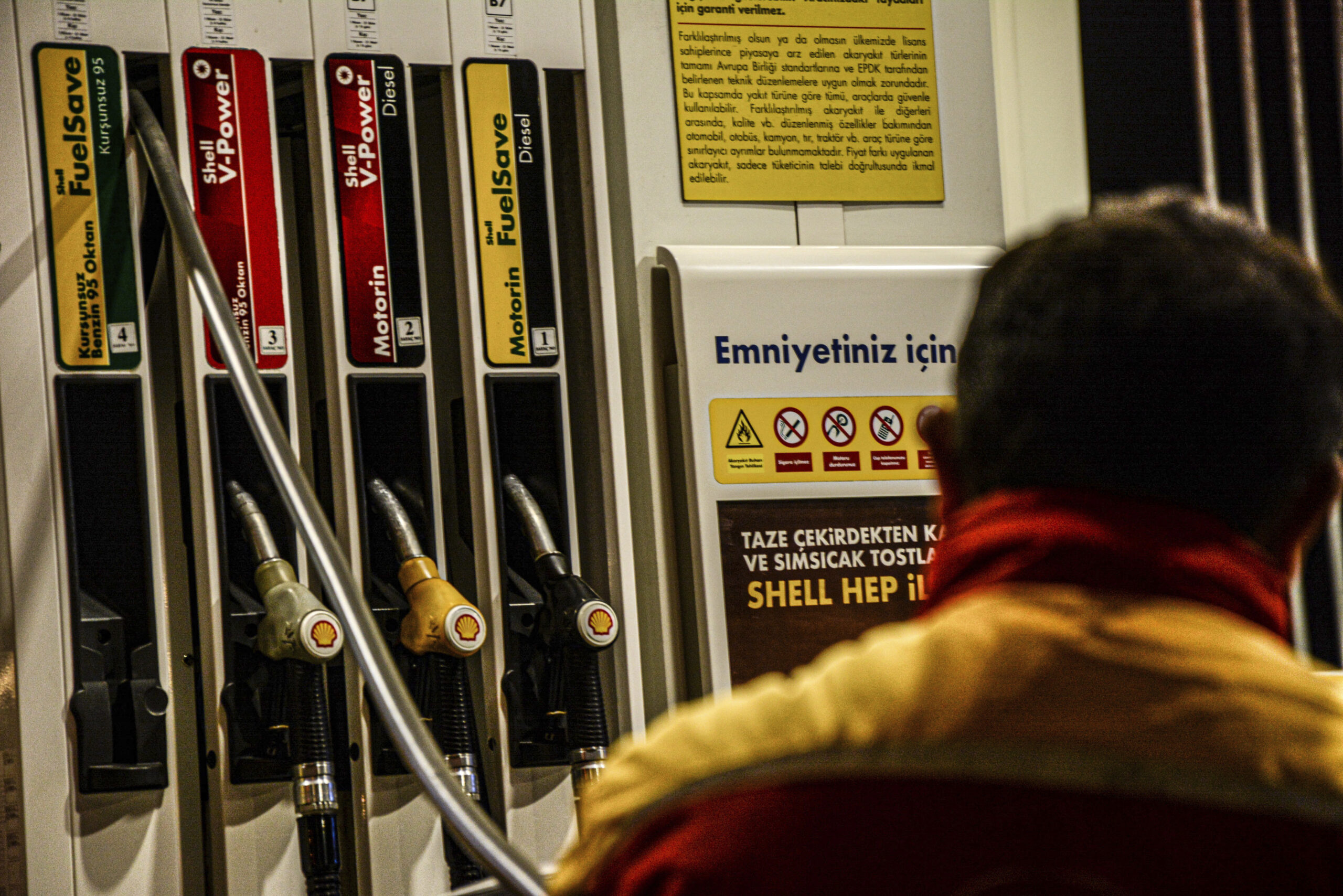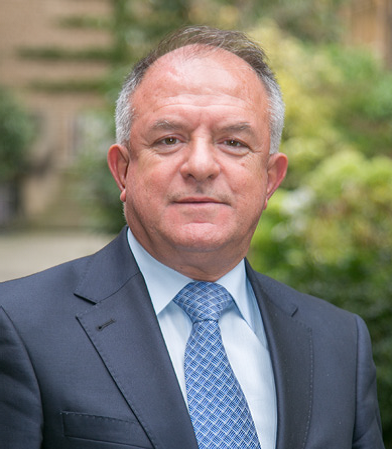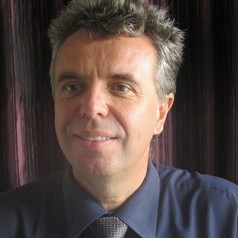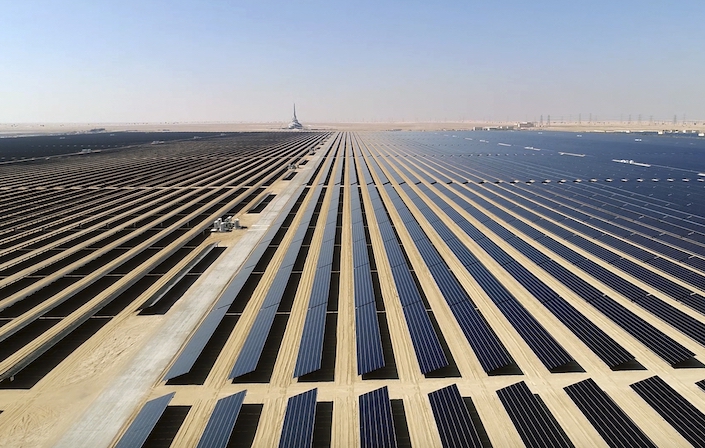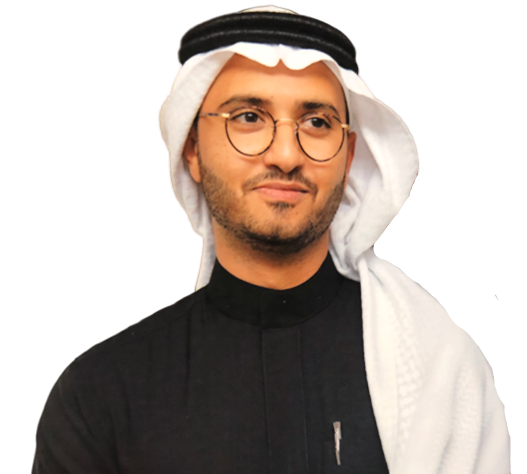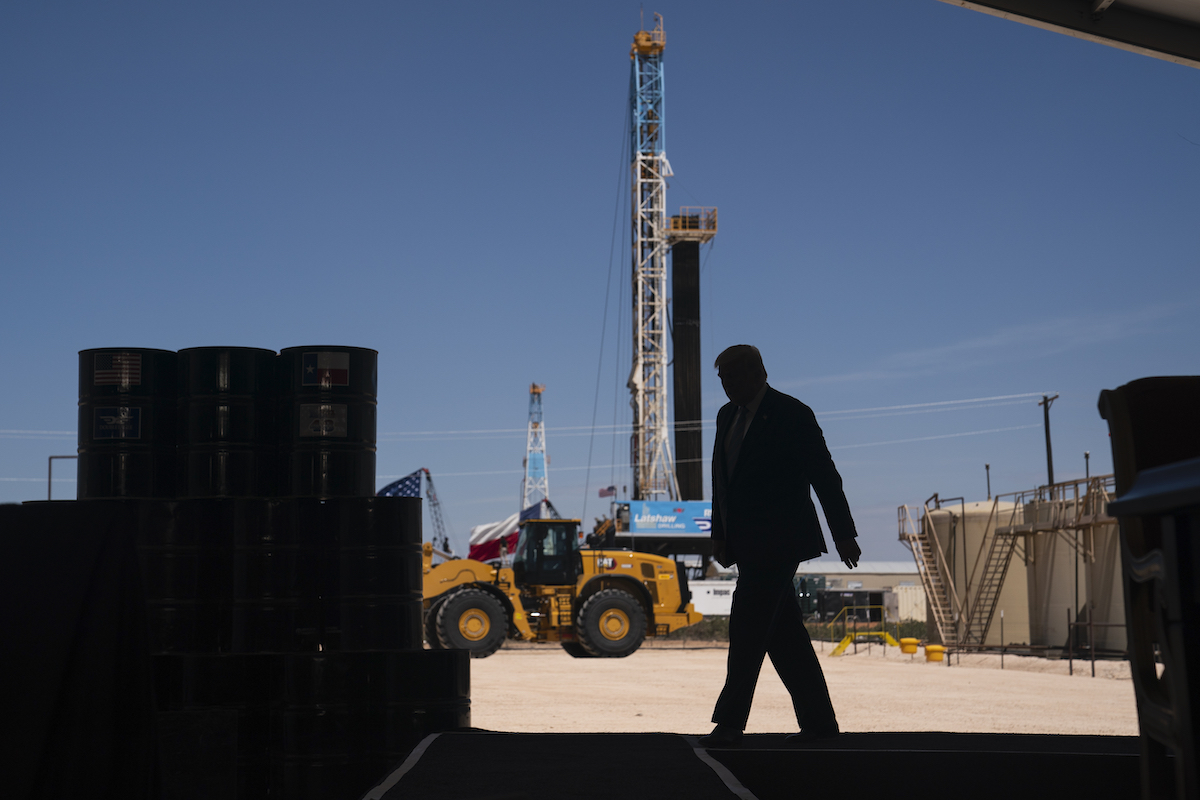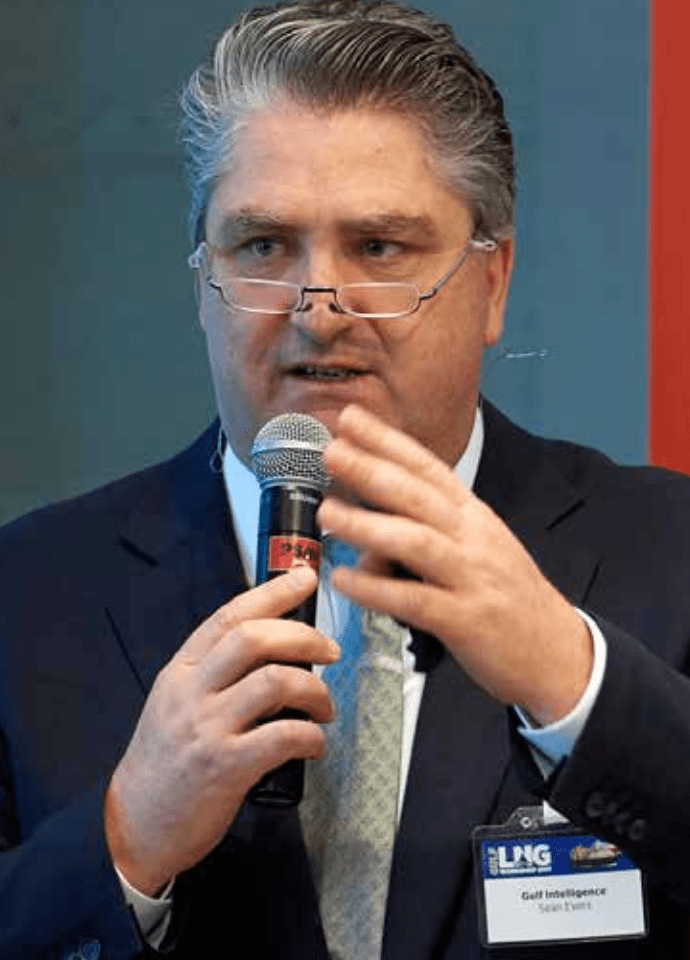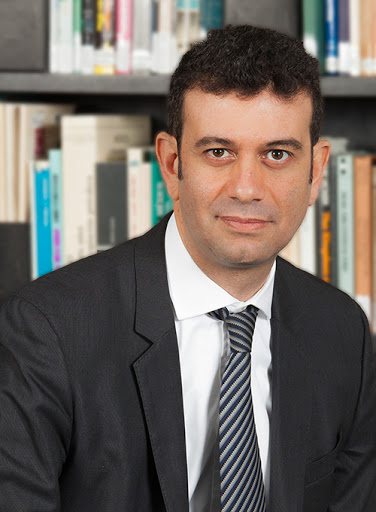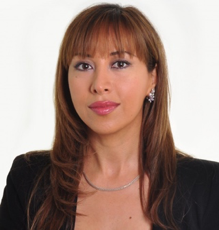Aramco, Ministry Reshuffle Highlight Role of Oil Giant in Saudi Economic Transformation
To be effective, Saudi Arabia needs to keep its oil sector healthy while invigorating the other value-creating parts of the economy.
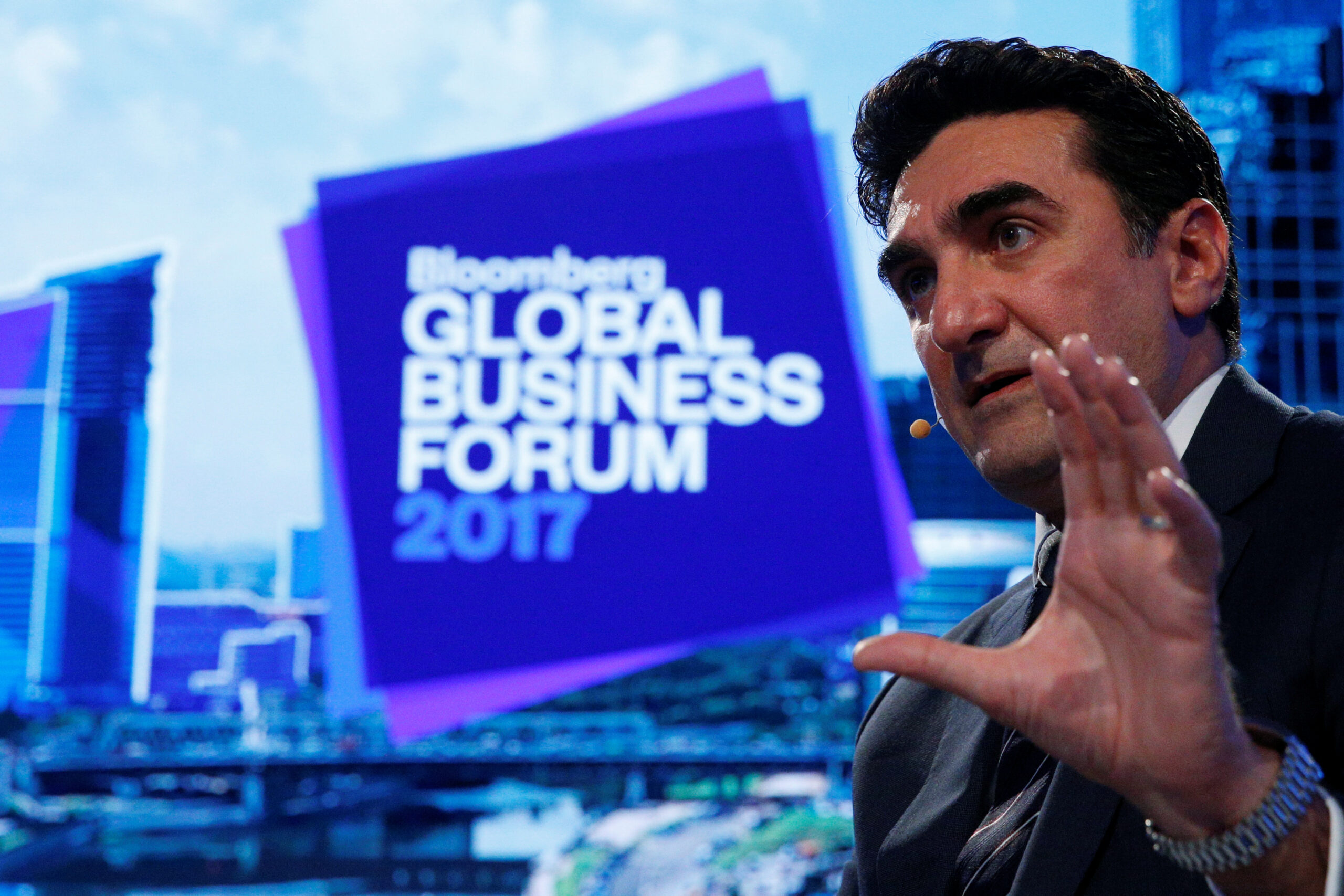
*Update: This article, originally published September 6, has been updated to reflect the September 8 announcement of the removal of Khalid al-Falih as Saudi Arabia’s energy minister and the appointment to the post of Prince Abdulaziz bin Salman.
Saudi Arabia’s energy minister, Khalid al-Falih, has for years been one of the oil world’s most recognizable and influential figures. But in rapid succession, he lost the industrial and mining part of his ministerial portfolio on August 30, was replaced as Aramco chairman by Yasir al-Rumayyan, influential chief of the Public Investment Fund, on September 2, and on September 8, was relieved of his duties as minister by the appointment of Prince Abdulaziz bin Salman. The moves raise questions over Saudi Arabia’s progress on economic diversification and transformation, and the future role of state oil giant Saudi Aramco.
Splitting the roles of Aramco chairman and oil minister accords with better corporate governance, a necessary step ahead of Aramco’s planned initial public offering, now back on for 2021 after being delayed from the initial 2018 date. A successful bond sale in April raised confidence within the company in its investment story. Rumayyan does not have oil experience, but he has been extensively involved in public finance and international markets.
Falih’s demanding set of roles covered some 60% of the Saudi economy. Mining projects including gold, alumina, and phosphates have made reasonable progress under state firm Maaden. Minerals and industry are key parts of the kingdom’s planned diversification and probably those that make the best near-term use of its natural advantages. It makes sense that they would benefit from dedicated attention, in this case from new minister Bandar Al-Khorayef, a businessman.
The merger in March of Aramco with the petrochemical company SABIC, Saudi Basic Industries Corporation, removed a source of potentially wasteful duplication and accelerated Aramco’s efforts to build a world-scale international petrochemical business, safeguarding future demand for its oil.
But there are other factors at play too. The technocrat Falih has been replaced at the helm of Aramco by Rumayyan, who is close to Crown Prince Mohammed bin Salman. Prince Abdulaziz, a former deputy oil minister who is well-versed in OPEC, has the right credentials and political weight, but as the older half-brother of the crown prince breaks the tradition of technocratic, nonroyal oil ministers. If anything, these changes will heighten the concerns of potential minority investors in Aramco about political interference. An Aramco lifer, from a company that has traditionally run itself as an “island of excellence,” Falih was not keen on the IPO. Mohammed bin Salman apparently preferred New York as a venue for the listing, especially given the public relations benefits in the United States and for President Donald J. Trump, but the legal, anti-trust, and political risks are a major deterrent.
While removing one potential conflict of interest, the transfer of the chairmanship to Rumayyan perhaps introduces another, since though serving the same ultimate shareholder, the aims of Aramco and the Public Investment Fund diverge. In the case of SABIC, Aramco was said not to have been keen on the acquisition of the Public Investment Fund’s 70% stake, feeling it overpriced. Yet it could hardly have paid less than SABIC’s price at the time on the Tadawul, the Saudi stock exchange, which would have undermined confidence in other stocks and caused heavy losses to the largely Saudi investor base. And the Public Investment Fund required the money to fund its investments in ventures seen as the future of the Saudi economy, including stakes in the SoftBank Vision Fund and tech firms such as Uber, Tesla, Noon, and Lucid Motors. In that case, Rumayyan won the argument; now, he is even more firmly placed.
Aramco has become more diversified from upstream by buying SABIC (though this does not affect overall Saudi state exposure), purchasing other refining stakes, partnering with the Abu Dhabi National Oil Company for a $44 billion refinery in India, and planning to invest $15 billion in the refining unit of Reliance Industries. Aramco has begun trading liquefied natural gas and has agreed to buy 25% of Sempra Energy’s LNG export terminal in Texas. Such projects reduce exposure to volatile oil prices but deepen exposure to overall future demand for hydrocarbons.
Over the past couple of years, Aramco has made notably more progress than the Saudi industrial sector, while the Public Investment Fund’s big bets have yet to pay off. Aramco’s first-half results showed a hefty special dividend of $20 billion, on top of ordinary dividends to the state, effectively funded by borrowing and coming despite lower oil prices. How this dividend was decided was not made clear. The change of chairman and the special dividend illustrate the tension for Rumayyan between allowing Aramco to continue to exploit its growth potential or treating it as a cash cow to fund diversification and prop up the state budget.
Privatization of other, much less well-run Saudi entities, such as the electricity company, has barely progressed. Gigantic, probably unrealistic, solar power schemes proposed by Public Investment Fund partner SoftBank were slow-walked, but much-needed medium-sized renewable energy projects have only recently made progress. Prince Abdulaziz, supposedly an enthusiast for energy efficiency, may remedy this. Falih apparently also attracted Mohammed bin Salman’s blame for the lack of industrial growth and foreign direct investment in the mining and industry sectors of what had been his portfolio. Instead of rising as economic transformation requires, the share of non-oil exports has fallen: It was 30% in the second half of 2016 but has dropped to around 22% so far this year. And of these non-oil exports, two-thirds are chemicals and plastics, whose price is partly correlated to that of oil.
As its recent report shows, in the first half of 2019, Aramco paid $25.1 billion in royalties, $45.6 billion in income taxes, and $46.4 billion in dividends. The government budget for that period reports $92 billion of oil revenue, since the royalty is reported under taxes on goods and services, hence underrepresenting the actual dominance of oil earnings. The deficit was cut from $11.1 billion in the first half of 2018 to $1.5 billion in the same period this year, but this was due to the special dividend from Aramco, itself effectively paid for by the bond issuance.
Falih’s signature achievement was the accord he negotiated with OPEC and leading non-OPEC producers – the OPEC+ group – in coordination with Russian Energy Minister Alexander Novak, with whom he forged a close working relationship. The resulting recovery in prices has been key for underpinning the Saudi budget and boosting the potential inflow from an Aramco IPO.
Yet Brent crude is currently trading at a somewhat disappointing price of around $59 per barrel. Falih could not have done much more. Despite the extension of the arrangement with Russia and other non-OPEC producers, combined with the loss of some 2.5 million barrels per day of exports from Venezuela and Iran since a year ago, oil prices have slipped this year, and are vulnerable to recession fears. Further production cuts would require Saudi Arabia to take almost all of the burden. Prince Abdulaziz will probably pursue a policy of continuity, aiming to sustain the alliance with Russia, but perhaps push harder on OPEC members lagging on compliance with cuts.
Even at a sustained oil price of $100/bbl, Aramco would not be worth $2 trillion, the reported aspirational figure. This insensitivity to rising prices is largely because the new system for royalties (a share of gross revenue) increases the rate from 20% when the oil price is below $70/bbl, to 50% for revenue above $100/bbl. High oil prices would also restrain demand and encourage the rise of electric vehicles, bioplastics, and other non-oil technologies, the long-term threat to Aramco’s value. And while Saudi Arabia leads the OPEC arrangement, Aramco cannot boost domestic production either.
These factors weigh against the idea that the main reason for sustaining the OPEC+ deal for another year is to prop up Aramco’s value for the IPO.
At a value of $1.2 trillion, the IPO of 5% would contribute $60 billion to raising the Public Investment Fund’s assets from the current $300 billion to a targeted $400 billion by 2020 and $2 trillion by 2030. But assuming continuing demand for oil at around current prices, the value of national oil assets to the government – including tax and royalty payments – is in the order of $3 trillion. The IPO of 5% of Aramco thus reduces Saudi sovereign exposure to oil only by about 2%.
A slight deterioration in company performance, or a small loss of market share or future prices because of misjudging the market, would more than outweigh the IPO proceeds. The ministerial moves and restructuring of Aramco have logic. But to be effective, they need to keep the oil sector healthy while invigorating the other value-creating parts of the economy.
The views represented herein are the author's or speaker's own and do not necessarily reflect the views of AGSI, its staff, or its board of directors.
